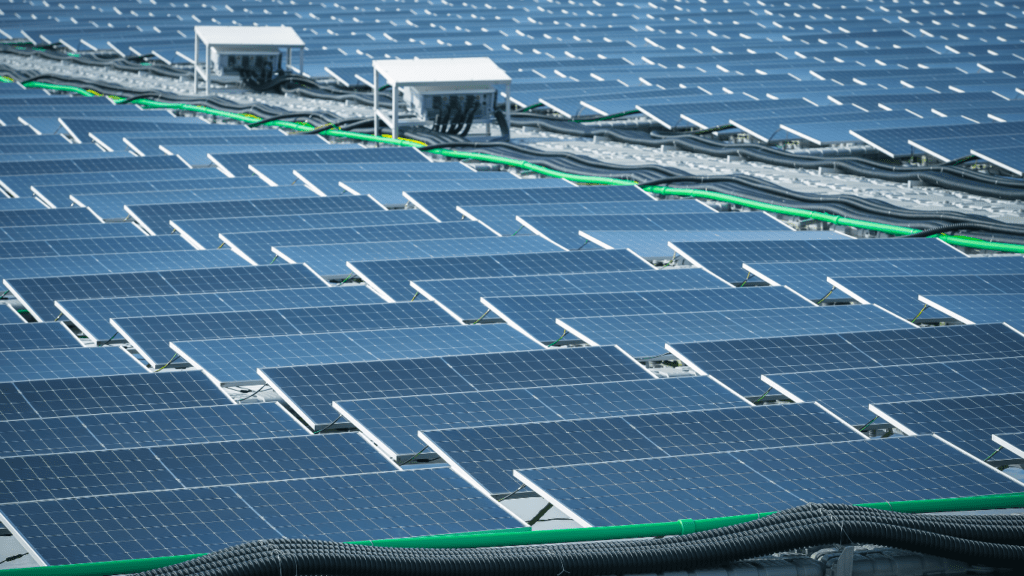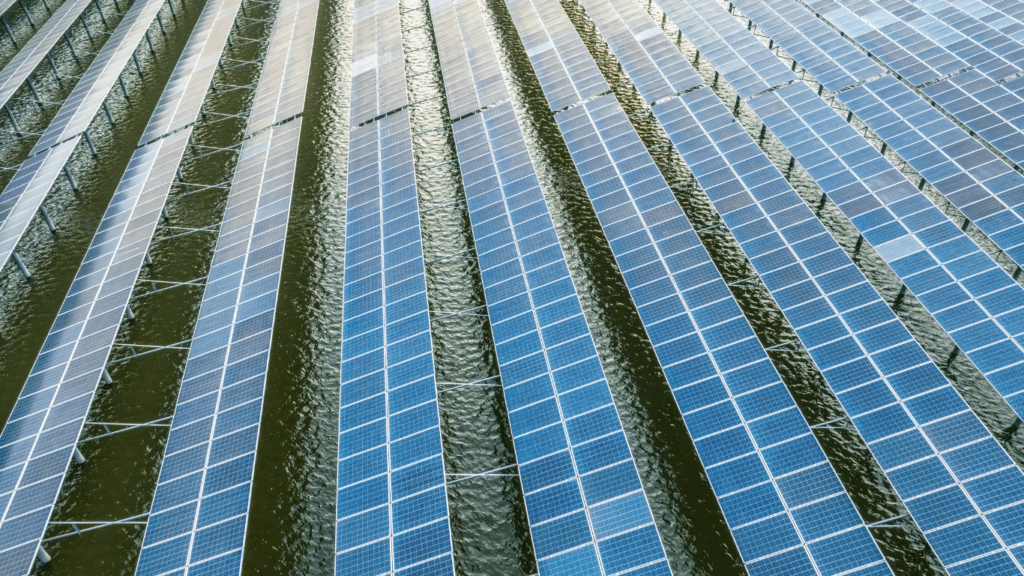Major Trends in Global Renewable Energy Adoption
Countries worldwide embrace renewable energy solutions at unprecedented rates. Solar power and wind energy lead this trend, offering viable alternatives to fossil fuels.
Growth of Solar Power
Solar power experiences exponential growth across various regions. According to the International Energy Agency (IEA), global solar photovoltaic capacity increased by 22% in 2021 alone.
China leads, with over 48% of the world’s installed capacity. Other key players include the United States, accounting for 12%, and India contributing 6%. Innovations like:
- bifacial panels
- solar tracking systems
enhance efficiency, further propelling adoption.
Expansion of Wind Energy
Wind energy also see significant expansion. The Global Wind Energy Council (GWEC) reports that wind capacity grew by 93 GW in 2020, marking the highest annual increase.
Europe and North America remain major markets, but Asia, especially China and India, now dominate installations. Offshore wind farms gain traction, with projects like the UK’s Hornsea One delivering over 1 GW capacity.
Turbine technology improvements, such as larger rotor diameters, optimize production, making wind energy more competitive.
These major trends in renewable energy adoption indicate a shift towards cleaner, sustainable power sources worldwide.
Key Innovations Driving Renewable Energy

Significant innovations are accelerating renewable energy adoption. These enhancements improve efficiency, reliability, and integration with existing systems.
Breakthroughs in Battery Storage
Battery storage technology has seen remarkable advancements. Lithium-ion batteries lead with higher energy densities and longer lifespans. The global energy storage capacity, driven by increased renewable energy use, reached 200 GWh in 2021.
Companies like Tesla and LG Chem are pioneering battery solutions, while innovations such as solid-state batteries promise even greater capacity and safety.
Advances in Grid Integration Technologies
Grid integration technologies ensure renewable energy sources are effectively and reliably added to power grids. Smart grids, incorporating real-time data monitoring and management, are pivotal.
In 2021, over 100 million smart meters were installed worldwide. Technologies like high-voltage direct current (HVDC) transmission enable efficient long-distance power transfer, while distributed energy resources management systems (DERMS) optimize local renewable integration.
Impact of Government Policies on Renewable Energy Growth
Government policies play a pivotal role in accelerating renewable energy adoption worldwide. Crucial measures, such as subsidies and international agreements, foster substantial growth and further integration of renewables into the energy landscape.
Subsidies and Incentives
Subsidies and incentives, like tax credits and rebates, significantly boost renewable energy projects. Countries including the US, Germany, and China offer various financial benefits to promote solar, wind, and other green energy solutions.
The federal investment tax credit (ITC) in the US, for example, permits a deduction of 26% of the cost of installing a solar energy system from federal taxes.
Germany’s feed-in tariffs (FITs) guarantee premium rates for electricity generation from renewable sources, ensuring cost-effectiveness for investors.
Shenzhen in China provides direct subsidies to electric vehicle (EV) buyers, enhancing the adoption of clean energy transportation. These economic strategies reduce initial costs, making renewable projects more attractive and feasible.
International Agreements and Commitments
International agreements and commitments, such as the Paris Agreement and Kyoto Protocol, push countries to set ambitious renewable energy targets.
The Paris Agreement, adopted by 196 nations in 2015, aims to limit global warming to below 2 degrees Celsius, fostering a shift to sustainable energy.
The European Union’s Renewable Energy Directive mandates member states to achieve 32% of energy consumption from renewables by 2030.
India committed to achieving 40% of its installed electricity capacity from non-fossil fuel sources by 2030, under its Nationally Determined Contributions (NDCs). Such commitments drive nations to enhance policies, investments, and collaborations, accelerating the transition to renewable energy sources.
Challenges in Renewable Energy Adoption
Renewable energy adoption faces several significant hurdles globally, impacting the pace and scale of transition from traditional fossil fuels.
Economic Challenges
Investment costs for renewable energy projects remain high. Solar and wind farms, for example, involve substantial upfront expenditures. Financing these projects can be difficult in markets lacking strong financial incentives.
Additionally, the economic viability often relies on continuous government subsidies and tax credits. Without these, many projects struggle to achieve profitability.
Technical Barriers
- Energy grid integration presents notable issues.
- Solar and wind power, being intermittent, complicate grid stability and require advanced storage solutions.
- Current battery technology, although improving, can’t yet store renewable energy at the required scale.
- Additionally, existing power grids often need substantial upgrades to effectively handle decentralized energy sources.
This infrastructure overhaul requires significant investment and time, further delaying renewable adoption.



